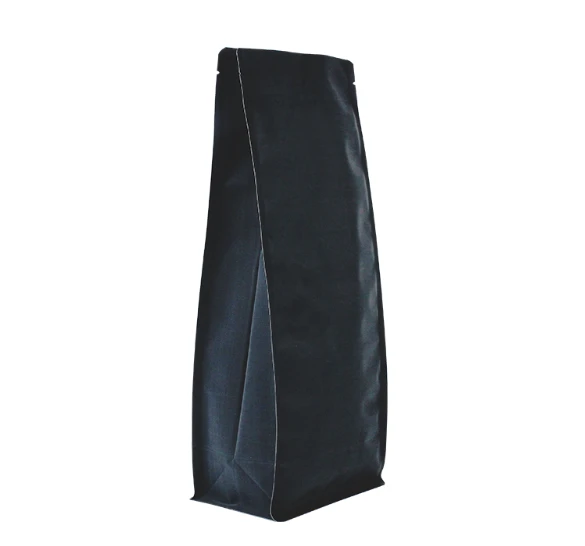- Afrikaans
- Albanian
- Amharic
- Arabic
- Armenian
- Azerbaijani
- Basque
- Belarusian
- Bengali
- Bosnian
- Bulgarian
- Catalan
- Cebuano
- chinese_simplified
- chinese_traditional
- Corsican
- Croatian
- Czech
- Danish
- Dutch
- English
- Esperanto
- Estonian
- Finnish
- French
- Frisian
- Galician
- Georgian
- German
- Greek
- Gujarati
- haitian_creole
- hausa
- hawaiian
- Hebrew
- Hindi
- Miao
- Hungarian
- Icelandic
- igbo
- Indonesian
- irish
- Italian
- Japanese
- Javanese
- Kannada
- kazakh
- Khmer
- Rwandese
- Korean
- Kurdish
- Kyrgyz
- Lao
- Latin
- Latvian
- Lithuanian
- Luxembourgish
- Macedonian
- Malgashi
- Malay
- Malayalam
- Maltese
- Maori
- Marathi
- Mongolian
- Myanmar
- Nepali
- Norwegian
- Norwegian
- Occitan
- Pashto
- Persian
- Polish
- Portuguese
- Punjabi
- Romanian
- Russian
- Samoan
- scottish-gaelic
- Serbian
- Sesotho
- Shona
- Sindhi
- Sinhala
- Slovak
- Slovenian
- Somali
- Spanish
- Sundanese
- Swahili
- Swedish
- Tagalog
- Tajik
- Tamil
- Tatar
- Telugu
- Thai
- Turkish
- Turkmen
- Ukrainian
- Urdu
- Uighur
- Uzbek
- Vietnamese
- Welsh
- Bantu
- Yiddish
- Yoruba
- Zulu
embossed tin
The Allure of Embossed Tin A Timeless Craft
Embossed tin, a medium that harmoniously blends art with utility, has captured the fascination of artisans and collectors alike. This age-old craft, which dates back to ancient civilizations, has evolved over the years, yet its charm remains timeless. From decorative pieces to functional items, embossed tin showcases the skill and creativity of those who work with it.
Embossed tin is essentially a metalworking technique that involves creating raised designs on a sheet of tin or tin-plated iron. The process begins with a thin sheet of the metal, which is then manipulated using specialized tools to create intricate patterns and designs. These designs can range from floral motifs and geometric shapes to more complex scenes or narratives, reflecting both cultural influences and individual artistic expression.
Historically, embossed tin served practical purposes beyond mere decoration. In the 18th and 19th centuries, it was widely used in households for manufacturing items such as candle holders, serving trays, and even wall decor. The material was inexpensive and durable, making it accessible to a broad segment of the population. Moreover, its ability to mimic the look of more expensive materials, such as silver or brass, made it an appealing choice for homeowners looking to add elegance to their spaces without breaking the bank.
The appeal of embossed tin does not end with functionality; it also represents a connection to heritage and tradition. Many artisans today continue to honor the techniques passed down through generations. This revival of traditional craftsmanship has found a new audience, as people increasingly value handmade goods and the stories behind them. Each embossed tin piece carries with it a narrative—whether it’s the history of the design, the method of production, or the artisan’s personal journey.
embossed tin

In contemporary settings, embossed tin has found its way into various artistic expressions. It is being used in mixed media art, home decor, and even fashion accessories. Artists use embossed tin to create unique wall hangings, jewelry, and other decorative items that emphasize texture and depth. The interplay of light on the raised surfaces adds another layer of visual interest, making each piece a captivating focal point.
Furthermore, enthusiasts and collectors cherish embossed tin for its nostalgic value. Vintage embossed tin pieces, often found at flea markets, antique shops, or online auctions, evoke memories of a bygone era. Collecting these items can be a fulfilling hobby, with enthusiasts dedicating time to research and curate their collections. From early American tinware to mid-century decorative objects, each item has its own story, inviting inquiries about its origins and the artisan who crafted it.
The popularity of embossed tin art is also reflected in its place in contemporary home decor trends. Many interior designers have recognized the charm of incorporating embossed tin into modern spaces. Whether it’s through the use of tin tiles on backsplashes, decorative panels, or accent pieces, embossed tin adds a rustic yet sophisticated touch that resonates with a wide array of design styles. Its versatility allows it to seamlessly blend with both traditional and modern aesthetics.
Sustainability is another aspect of embossed tin that appeals to the modern consumer. As people become more conscious of their environmental impact, there is a growing appreciation for materials that are durable and recyclable. Tin, being a metal, is inherently recyclable, and the longevity of embossed tin pieces ensures that they can be enjoyed for generations, thereby reducing waste.
In conclusion, embossed tin is more than a mere decorative medium; it represents a rich heritage of craftsmanship, creativity, and sustainability. As we navigate a world increasingly filled with mass-produced items, the value of handmade, unique pieces becomes more pronounced. Embossed tin invites us to slow down, appreciate the artistry involved, and reconnect with our cultural history. Whether continued as a craft or celebrated as art, embossed tin will undoubtedly remain a cherished element in both homes and hearts for years to come.













